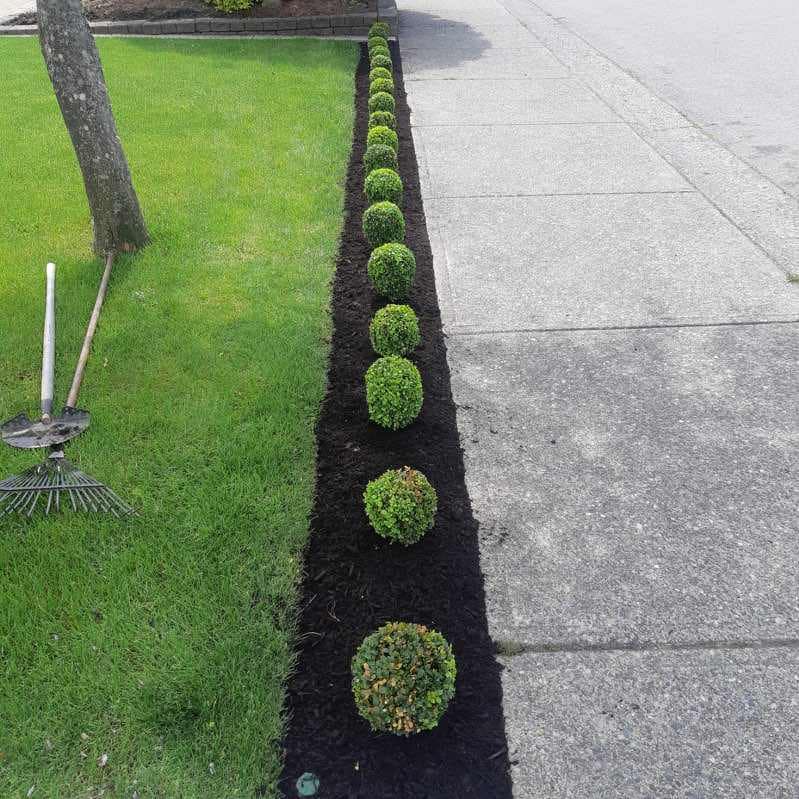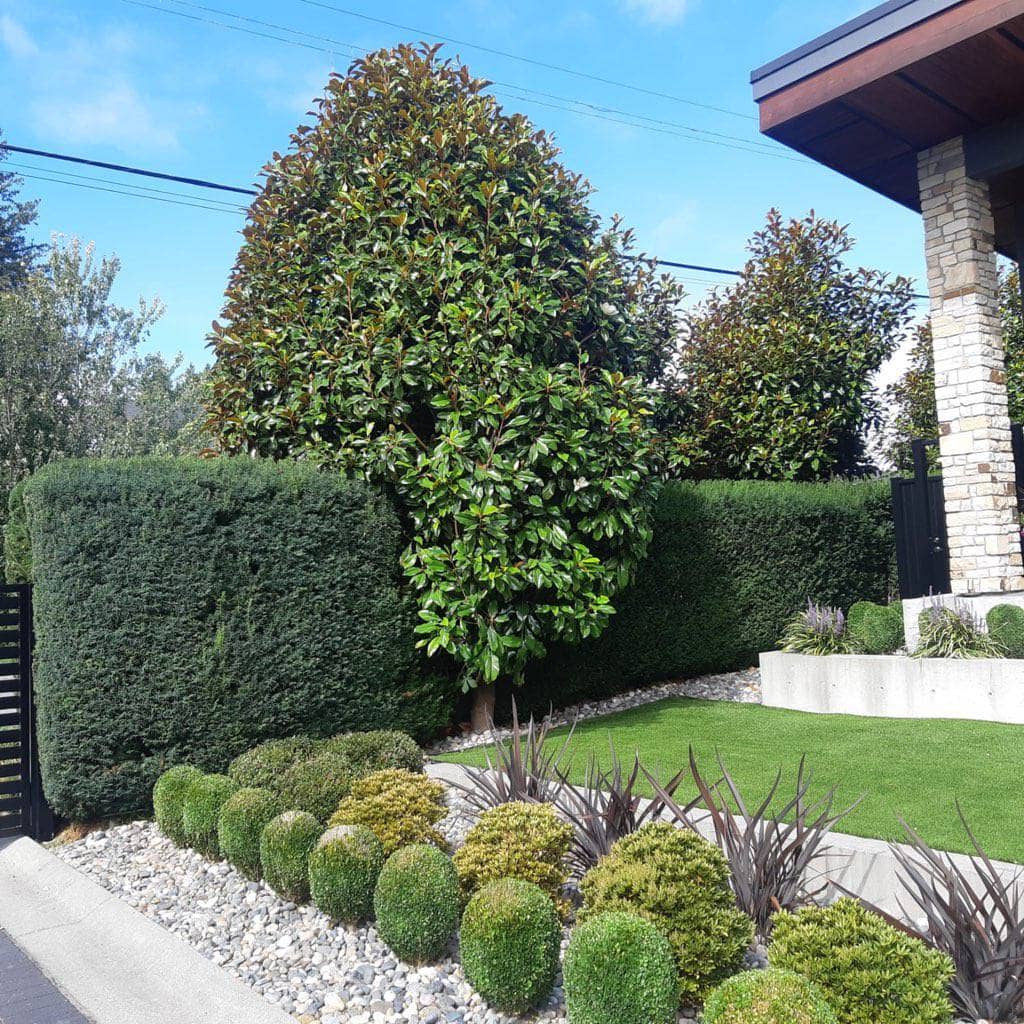
How to Plant Trees, Shrubs, and Bushes the Right Way
Spring is in full swing, and there’s no better time to transform your yard into a green paradise. Whether you’re dreaming of a towering oak tree shading your patio, a row of blooming lilac shrubs lining your walkway, or neat boxwood bushes framing your garden, planting trees, shrubs, and bushes the right way is the secret to a thriving landscape. Get it right, and you’ll enjoy beauty and benefits for years—get it wrong, and you’ll be pulling up wilted regrets. In this ultimate guide, I’ll walk you through every step of how to plant trees shrubs and bushes the right way – just like a pro, from picking the perfect spot to nurturing them into maturity. Grab your shovel—let’s dig into the best way to plant your greenery!
Why Planting the Right Way Matters
Planting isn’t just tossing a sapling into the dirt and hoping for the best. Trees, shrubs, and bushes are investments—in your home’s value, the environment, and your peace of mind. The Arbor Day Foundation says a well-placed tree can boost your property value by up to 15% [https://www.arborday.org/trees/benefits.cfm]. They also clean the air, cool your yard, and give birds a place to perch. But if you skimp on the fundamentals—like how to dig a planting hole or water correctly—you’re risking stunted growth or dead plants. I’ve seen too many gardeners (myself included, once!) lose a promising shrub to rookie mistakes. This guide ensures your plants don’t just survive—they thrive.
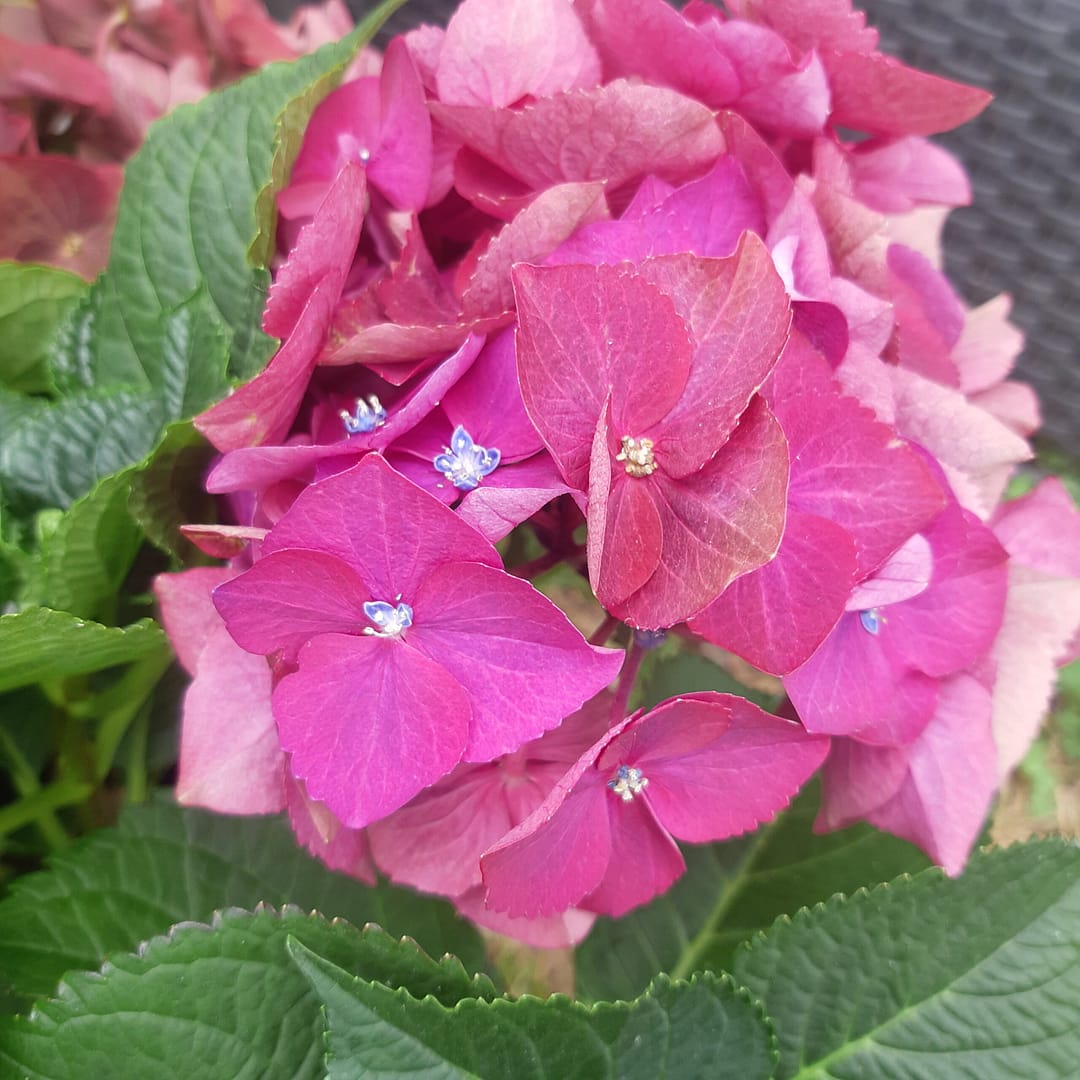
Step 1: Choose the Right Plants for Your Space
Before you start planting trees or shrubs, you need to pick the right ones for your yard. Here’s how to choose wisely:
Know Your Hardiness Zone
Every plant has a climate it loves. Check the USDA Plant Hardiness Zone Map to find your zone. A Zone 5 maple won’t make it in Zone 9’s heat, and a tropical palm won’t survive a Minnesota winter. Matching your zone is step one to picking the best trees for small yards or sprawling lots.
Match Sunlight Needs
Sunlight is a deal breaker. Shade-loving hostas will crisp up in full sun, while sun-hungry junipers sulk in the shadows, according to Better Homes & Gardens. Spend a day watching your yard—where does the sun hit hardest? Pick plants that fit those patterns, like low-maintenance shrubs for shady corners.
Consider Mature Size
That cute little sapling? It might grow into a 50-foot giant. Research mature heights and widths on nursery tags or the Missouri Botanical Garden’s site. I once planted a redbud too close to my house—five years later, it was scraping the siding! Space matters, especially for native bushes or trees in tight spots.
Go Native for Easy Wins
Native plants are low-maintenance superstars. They’re built for your area’s soil and weather, and they attract pollinators, says the National Wildlife Federation. Planting native bushes for your region cuts down on fuss and boosts your yard’s eco-cred.
Step 2: Timing Is Everything
When to plant trees, shrubs, or bushes can make or break their start. Here’s the seasonal planting guide:
Trees
Fall (September to November) is the gold standard for planting trees. Cooler temps ease the transition, and roots settle in before spring growth kicks off, per the Arbor Day Foundation. Spring works too, especially for bare-root trees you order online—think March or April after the last frost.
Shrubs and Bushes
Early spring or fall is the best time to plant shrubs and bushes, says the Royal Horticultural Society. Avoid midsummer heat—it stresses tender roots. Check your local frost dates on The Old Farmer’s Almanac . In April 2025, if your frost risk is gone, you’re in prime spring planting season!
Summer Planting Tips
Can you plant in summer? Yes, but it’s trickier. Water extra and shade new plants with a burlap screen, per RHS . I’ve pulled it off with small shrubs, but it’s not ideal.
Step 3: Prep Your Site Like a Pro
Great plants need a great home. Soil prep for planting trees, shrubs, and bushes is where the magic starts.
Test and Amend Your Soil
Healthy soil equals healthy roots. Dig a 12-inch hole, fill it with water, and time how fast it drains. If it’s still soggy after 24 hours, you’ve got clay—mix in compost or sand, advises Clemson University Extension. Most plants like slightly acidic soil (pH 6.0–7.0). Grab a soil test kit from a garden store to confirm. Improving soil for shrubs might mean adding peat moss or lime—test first!
Clear the Competition
Weeds and grass steal water and nutrients from new plants. Clear a circle twice the width of the root ball, says Oregon State University Extension. I use a hoe to scrape it clean—it’s quick and satisfying.
Dig the Perfect Hole
How to dig a planting hole matters more than you’d think:
– **Width**: 2–3 times wider than the root ball to let roots spread, per Arbor Day .
– **Depth**: Match the root ball’s height—no deeper, or roots suffocate, warns Fine Gardening.
– **Shape**: Slope the sides like a shallow bowl for better root growth.
I learned this the hard way—my first tree’s hole was too narrow, and it barely grew for two years. Wide and shallow is the way to go!
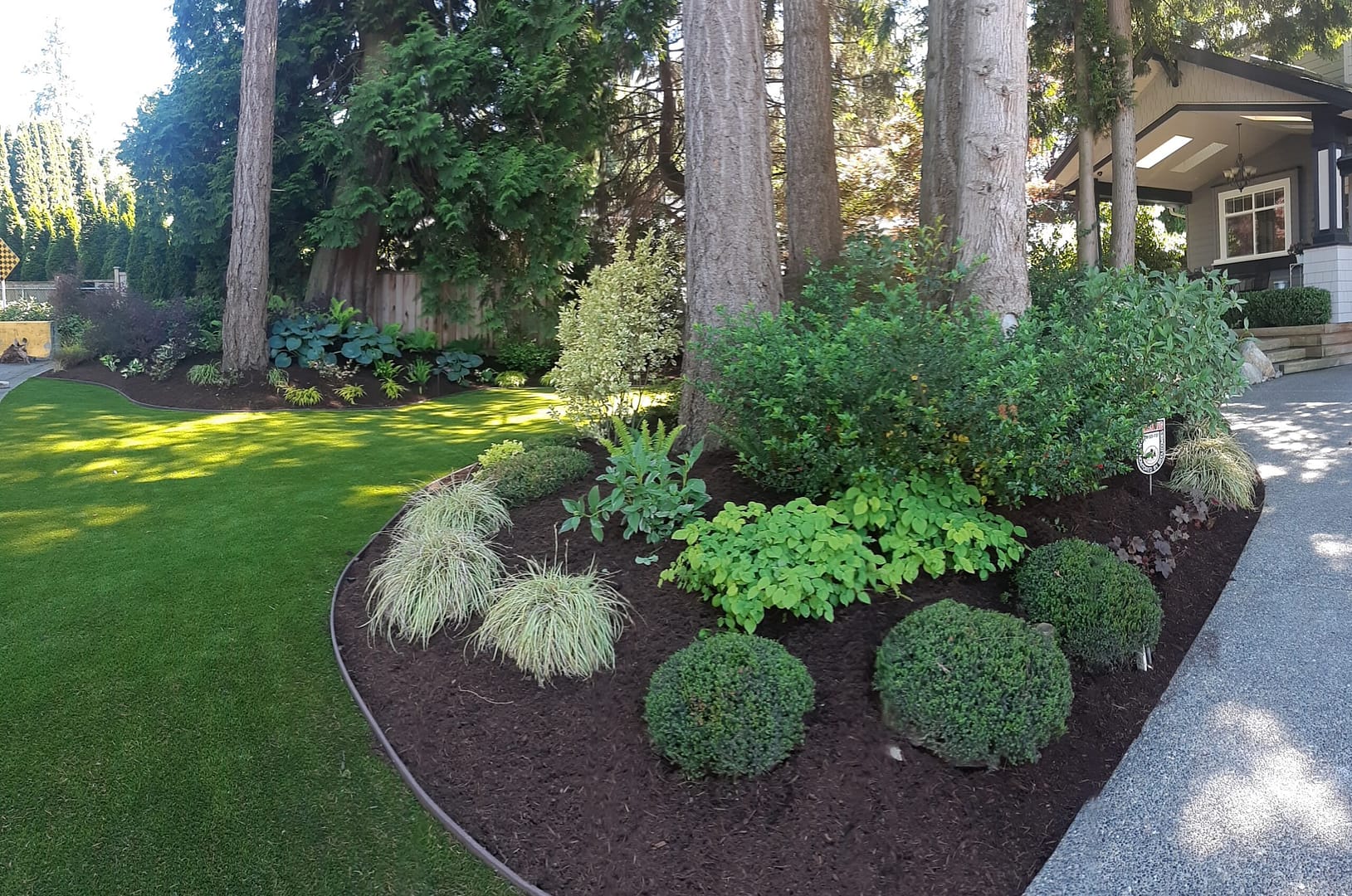
Step 4: Planting Trees, Shrubs, and Bushes—Step by Step
Now for the fun part! Here’s how to plant trees, shrubs, and bushes step by step:
Planting Trees Step by Step
1. **Unpack the Roots**: For potted trees, tease out circling roots. For burlap-wrapped ones, cut the fabric off after positioning, per University of Illinois Extension.
2. **Position It**: Set the tree so the root flare (where trunk meets roots) sits just above soil level. Lay a stick across the hole to check, says Fine Gardening .
3. **Backfill**: Fill with native soil—no fertilizer yet, as it burns roots.
4. **Water**: Soak with 10 gallons per inch of trunk diameter, per Arbor Day.
How to Plant Shrubs
1. **Space Them**: Check mature width on tags (e.g., 3 feet for azaleas). Crowding kills, warns RHS.
2. **Root Prep**: Trim broken roots and loosen tight ones with your fingers.
3. **Plant**: Set the root flare at soil level, backfill, and water deeply.
Shrubs like lilacs or viburnums are forgiving—just give them room to breathe.
Bush Planting Tips
1. **Hedge Trick**: For a row (like boxwoods), dig a trench 18 inches wide, per Better Homes & Gardens.
2. **Settle In**: Firm the soil gently—roots need oxygen, says Clemson Extension.
I plant boxwood hedges this way—straight trench, even spacing, and they fill in beautifully.
—
Step 5: Post-Planting Care for Success
Planting’s done, but tree care after planting (and shrub and bush care) keeps them going strong.
Mulch Magic
Spread a 2–3-inch layer of wood chips or bark around the base, keeping it an inch from the trunk. It locks in moisture and fights weeds, per University of Minnesota Extension. How to mulch bushes? Same deal—don’t pile it high like a volcano!
Watering Schedule
– **Trees**: 1–2 inches weekly for the first year, per Arbor Day. I use a slow drip hose for deep soaking.
– **Shrubs and Bushes**: Water daily for two weeks, then taper off, per RHS . Shrub watering tips: Stick your finger in—if it’s dry an inch down, water again.
Staking (If Needed)
Only stake wobbly trees in windy spots. Use loose ties and remove after a year, says Fine Gardening. I skipped staking my last shrub—it stood fine on its own.
Pruning
Snip dead or broken branches now, but save big shaping for year two, per Missouri Botanical Garden.
Common Mistakes to Avoid
Avoid these tree planting mistakes and save yourself headaches:
– **Planting Too Deep**: Buried root flares rot—check that flare every time.
– **Overwatering**: Soggy soil drowns roots, warns Nashville Tree Conservation Corp. Why shrubs die? This is often it.
– **Skipping Research**: A tropical bush in a cold zone is doomed. Make sure the plants you choose are right for their space.
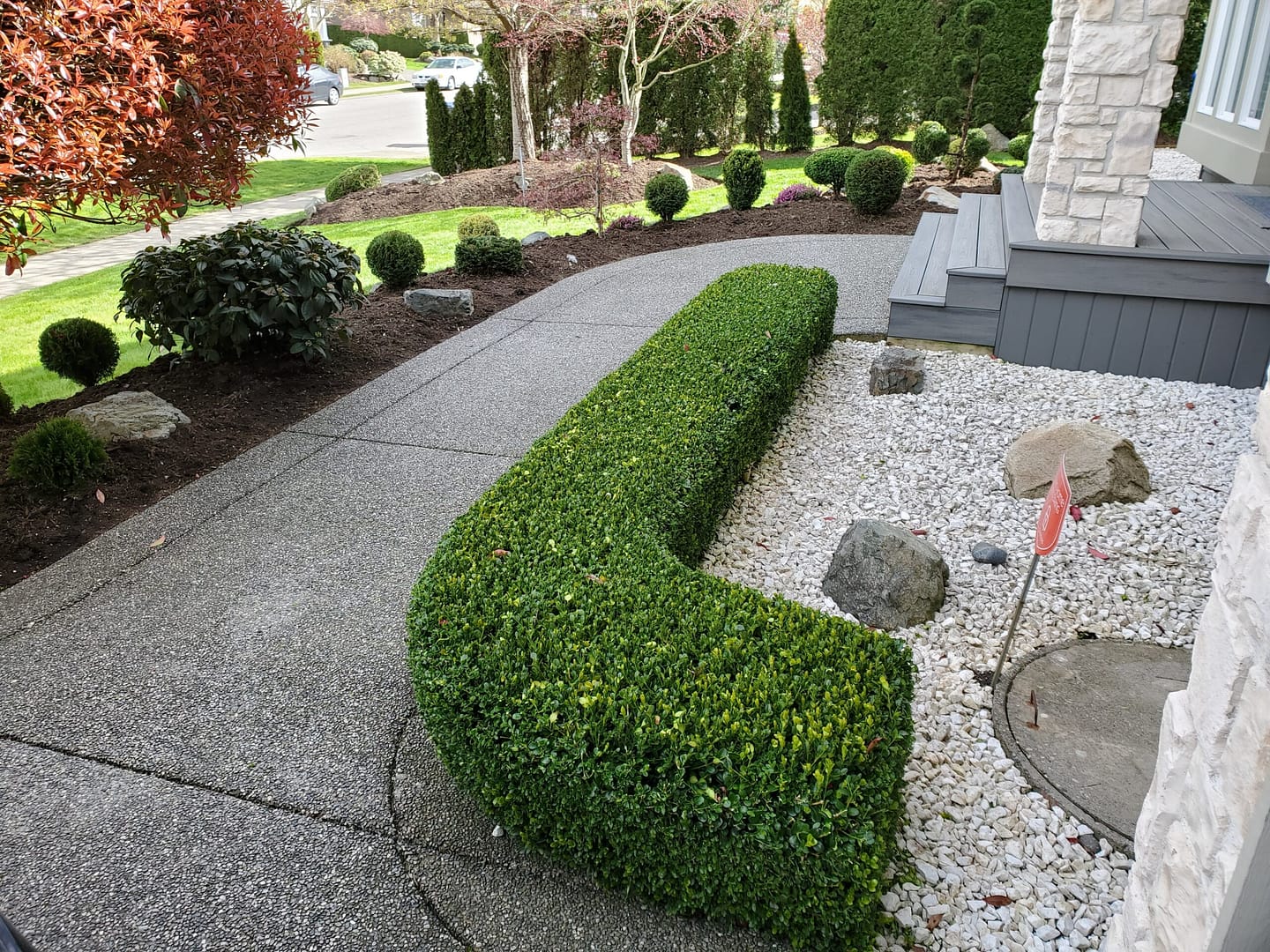
Tools You’ll Need
Stock up on these gardening essentials for shrubs and trees:
– Shovel (a sharp spade is best)
– Gloves (protect those hands!)
– Watering can or hose
– Mulch (wood chips or bark)
– Soil test kit (optional but smart)
The best tools for planting trees don’t need to be fancy—just sturdy.
FAQs: Your Planting Questions Answered
**How long until my tree grows big?**
Fast-growers like willows hit 10 feet in 3–5 years; oaks take decades, per Arbor Day . Patience pays off—my willow’s already providing a privacy screen!
**Can I plant in summer?**
Yes, but water more and shade the plant, per RHS. Summer planting tips: Morning is coolest for digging.
**Why do my bushes keep dying?**
Check drainage, depth, and water—over or underdoing any can kill them, per Clemson Extension .
—
Final Thoughts: Grow Your Green Legacy
Planting trees, shrubs, and bushes the right way isn’t hard—it’s about prep, timing, and a little TLC. Follow these steps, and you’ll soon be sipping coffee under your own shade tree or admiring a blooming hedge. I’ve poured years of trial and error (and a few dead plants) into this guide—now it’s your turn to grow something amazing. Got a planting win or woe to share? Drop it in the comments—I’d love to hear! Share this post with your gardening crew, and subscribe for more yard-transforming tips. Happy planting!

Sources Cited
– Arbor Day Foundation [https://www.arborday.org/]
– USDA Plant Hardiness Zone Map [https://planthardiness.ars.usda.gov/]
– Better Homes & Gardens [https://www.bhg.com/]
– Missouri Botanical Garden [http://www.missouribotanicalgarden.org/]
– National Wildlife Federation [https://www.nwf.org/]
– Royal Horticultural Society [https://www.rhs.org.uk/]
– The Old Farmer’s Almanac [https://www.almanac.com/]
– Clemson University Extension [https://hgic.clemson.edu/]
– University of Minnesota Extension [https://extension.umn.edu/]
– Oregon State University Extension [https://extension.oregonstate.edu/]
– Fine Gardening [https://www.finegardening.com/]
– University of Illinois Extension [https://extension.illinois.edu/]
– Cornell University Gardening [http://www.gardening.cornell.edu/]

